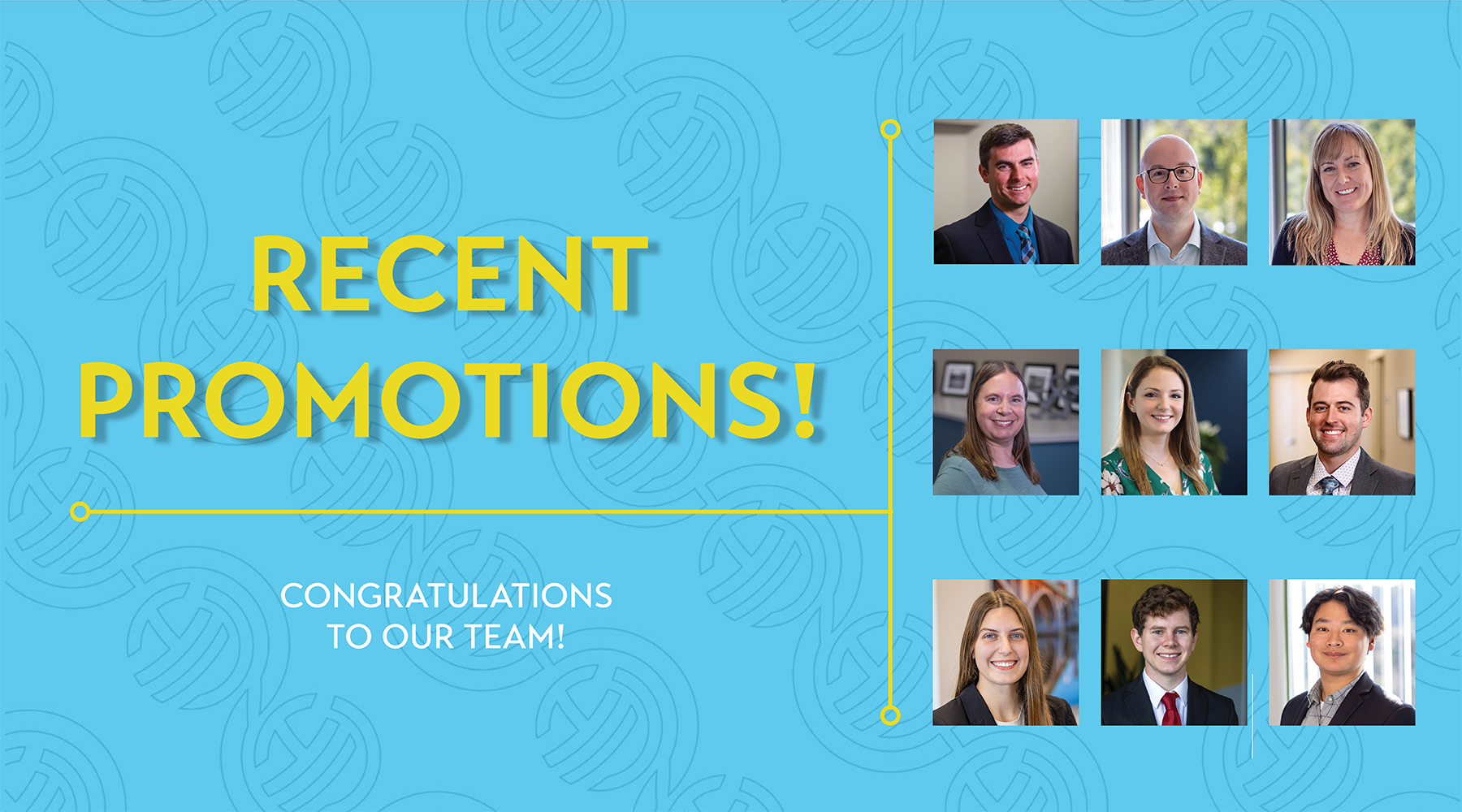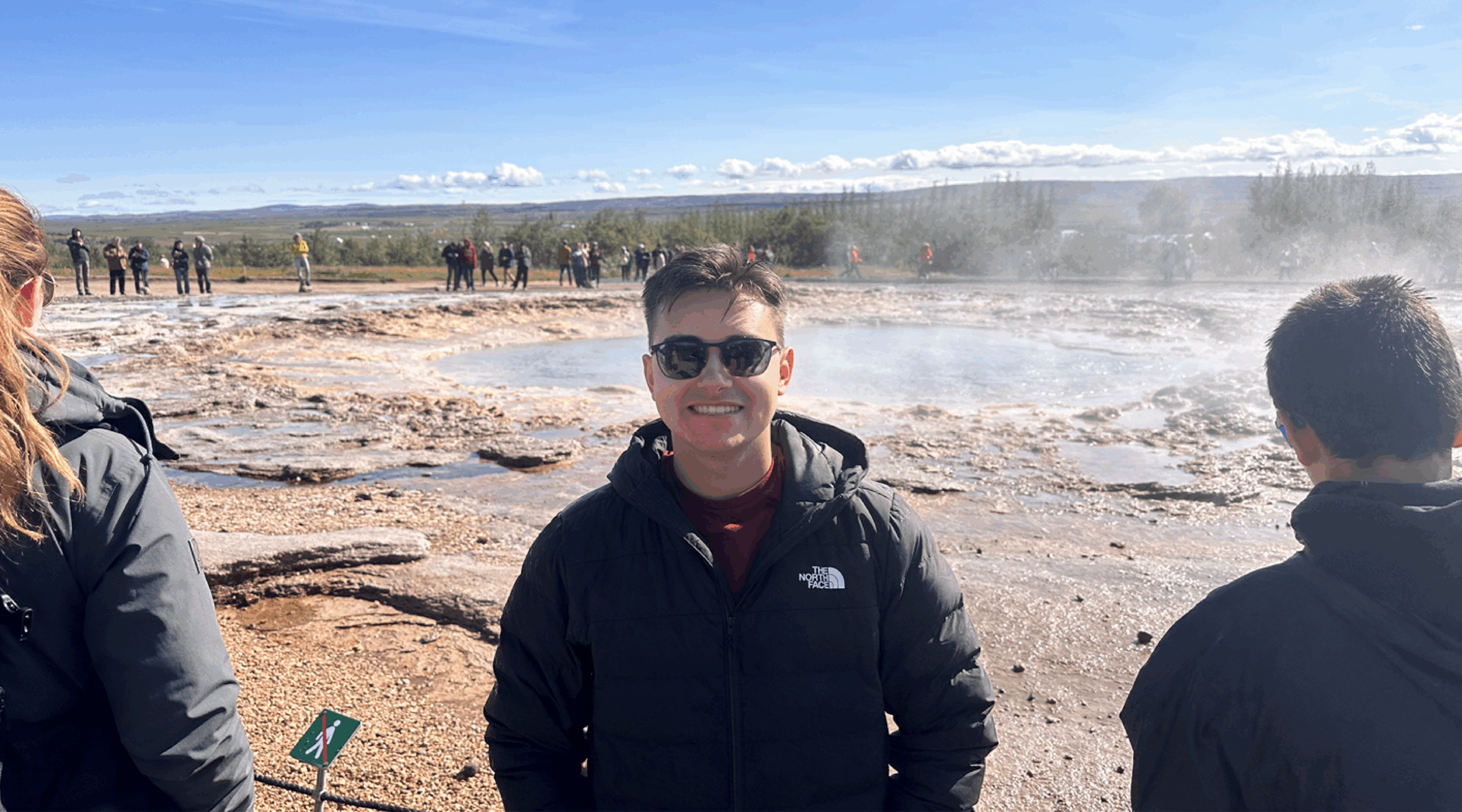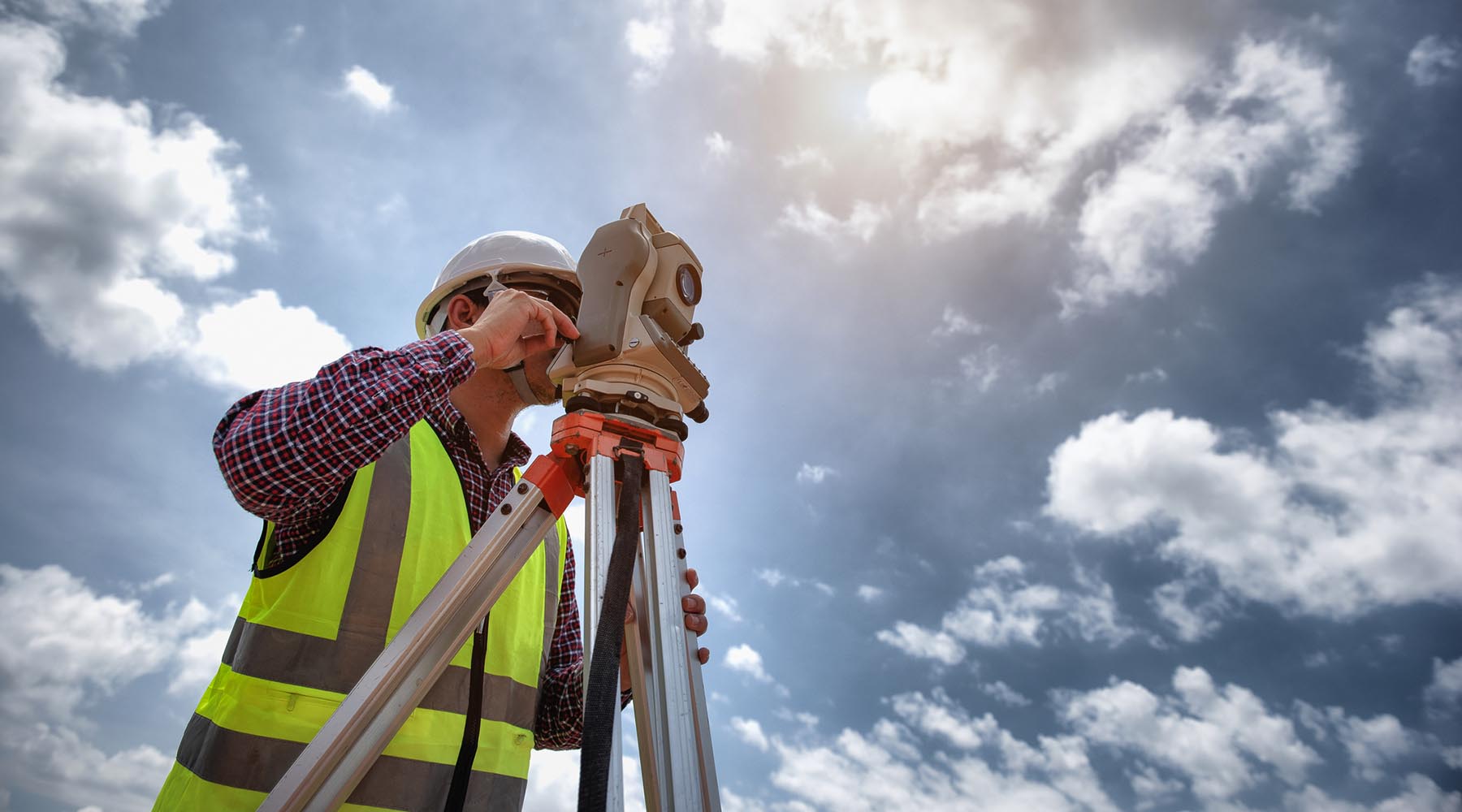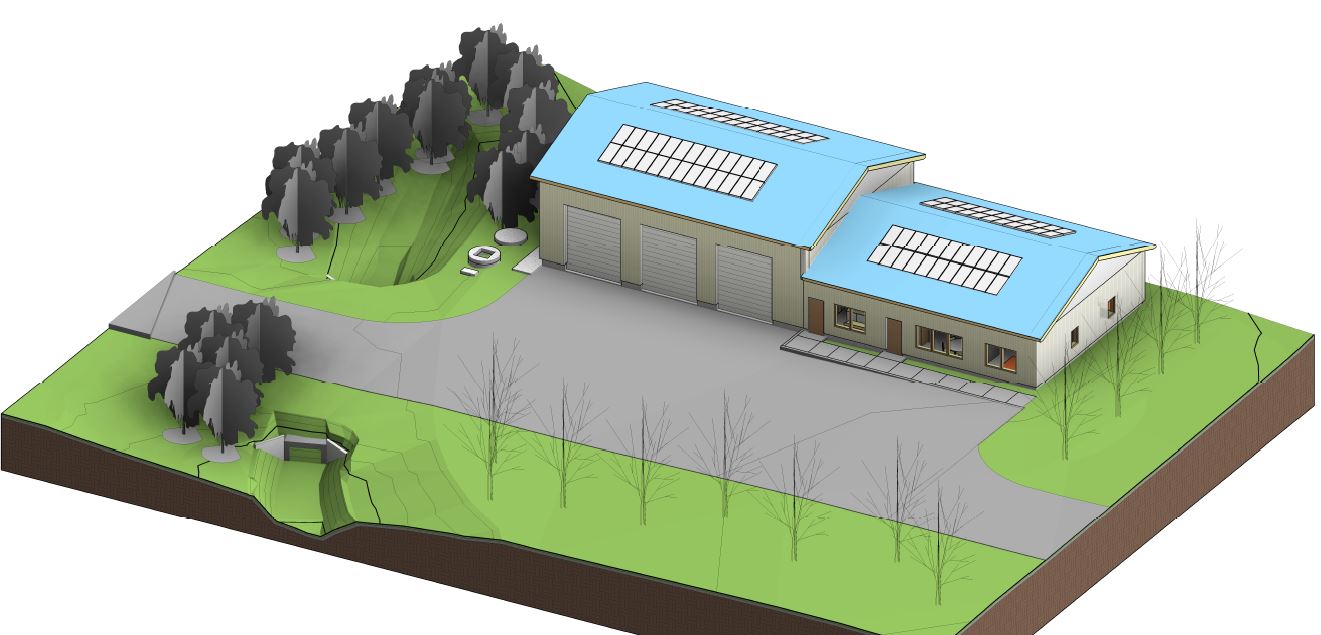On February 2, 2022, we join the global community in celebrating World Wetlands Day (WWD) to raise awareness about the important role of wetlands for humanity and the planet on which we live. WWD festivities take place every February 2nd to mark the adoption date of the Convention on Wetlands in Ramsar, Iran on the shores of the Caspian Sea in 1971. This convention was the first time that the world joined to discuss wetlands and their important protection measures.
This year’s celebration of World Wetlands Day is especially significant because on August 30, 2021, the UN General Assembly established February 2 as World Wetlands Day – this designation means that the day will be celebrated as a United Nations International Day. The United Nations designates International Days as occasions to mark particular events or topics in order to promote, through awareness and action, the objectives of the organization. This year’s theme, “Wetlands Action for People and Nature,” has the goal of calling people to action now; thus, protecting the health of both human and natural systems and ensuring the long-term conservation and sustainable use of wetlands.
There are many events occurring across the world on this day, including a run, a children’s photo contest, clean-up and other service activities, self-guided walks, and opportunities for grant funding. More details can be found at the website: https://www.worldwetlandsday.org/
Why Should We Protect Wetlands?
Natural wetlands are being lost at a rate that is three times faster than forests, with 85% of the world’s wetlands either lost or degraded since the 1700s. This loss results in water scarcity, exposure to flooding and extreme weather events, loss of well-being and livelihood/jobs, and food insecurity. For the planet, wetland loss means a decline in biodiversity, increased carbon and methane emissions, and a loss of freshwater filtration. Globally, wetlands are critically important ecosystems that contribute to biodiversity, climate mitigation and adaptation, freshwater availability, world economies and more. For example, over 40% of the world’s population lives within 60 miles (100 Km) of the ocean and will ultimately be affected by changes to the health of the coastline and wetlands in those interfacing areas, and more than 3 billion people depend on the ocean for their income – those jobs include fishing and aquaculture but also tourism. Freshwater wetlands also provide jobs such as fishing, aquaculture (freshwater catfish), agriculture (cranberry bogs) and tourism (swamp buggies anyone?).

What is a Wetland?
Wetlands can vary in size, shape, vegetation, location, and include large, complex systems like beaches and coastlines, coral reefs, bogs and swamps. The Everglades in southern Florida is a good example of a large tropical wetland system. Here in New Hampshire, we have several large protected bog wetlands – poorly drained wetlands that are acidic and rich in organic and plant material, usually associated with a body of open water – including the Ponemah Bog in Amherst, and the Quincy Bog Natural Area in Rumney.
A wetland can also be small; New Hampshire Department of Environmental Services (NHDES) defines a wetland as having three components: hydric soils, hydrophytic vegetation and wetland hydrology. When a project is in development, wetlands are identified, or delineated, on the site to determine the best ways to avoid, minimize or mitigate impacts (or alteration of the wetland that results in a loss of its functions) to that wetland. There are federal rules protecting wetlands and every state has their own set of wetland protection requirements as well. Local wetland protection rules and requirements can also occur.
Below are some examples of wetlands we have delineated in our projects; these are forested wetlands, grassed or emergent wetlands, riparian wetlands that occur along the edges and floodplains of streams and rivers, and isolated wetlands that are a mixture of forested, grassed and scrub-shrub. Once the wetlands on a site have been delineated, we work with our clients to determine the best ways to develop the site that can meet their goals while also protecting these important resources.

Photo 3: Riparian forested wetland
Photo 4: Riverine/stream floodplain wetland system
What Can I Do?
The WWD convention has identified three global actions as a focus in 2022 to protect wetlands: 1) value wetlands, 2) stop draining or cultivating wetlands, and 3) renew, reforest and restore altered wetlands. These may sound like actions that are on a larger scale than you can assist with; you can follow #ActForWetlands to find more concrete ways in which you can act locally to protect wetlands. Join a local river or beach clean-up, start one on your own, or just spend some time picking up roadside trash or debris in your neighborhood. Plant trees or vegetation in your yard, especially if you have any wetland or stream within it, or assist when there is a community organization that is doing a similar project. Talk to your friends and family about the importance of clean, healthy wetlands and their ecosystems to spread the word. If everyone makes one small change, they add up!
The Hoyle Tanner Environmental Permitting team can assist you in any stage of your project that may affect wetlands, including: wetland delineation and assessment; local, state and federal permitting of wetland impacts; avoidance and minimization of impacts via design alternatives; and development of mitigation opportunities such as wetland creation, restoration, enhancement or preservation. Reach out with any questions you may have regarding wetlands!










